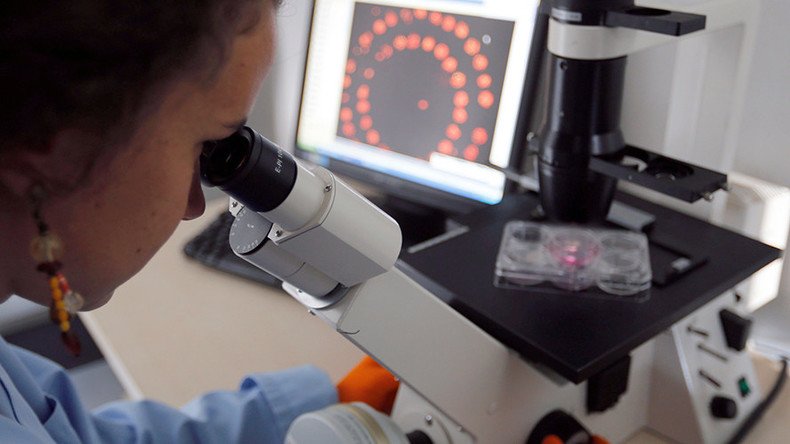Cadaver-eating microbes could help unravel murder investigations – study

Murder cases may have just lost a little of their mystery, thanks to a “clock” that comes in the form of microbes. By looking at the bacteria and fungi that inhabit a corpse, forensic investigators can estimate the time of death, according to a new study.
Regardless of the seasons, species of the expired, and the soil types surrounding a corpse, the microbes that inhabit cadavers change on a predictable enough schedule to be useful in forensic investigations by allowing investigators to determine a corpse’s time of death within two to four days, researchers reported in Science.
“We feel there is great promise that our findings could be used by forensic scientists,” said Jessica Metcalf, ecologist at the University of Colorado, Boulder and lead author of the study. “We view it as a potential method that could be used with other lines of evidence by investigators attempting to solve suspicious crimes.”
There are currently no precise methods to determine how long a corpse has been dead, Metcalf told Ars Technica. For example, forensic experts examine the life cycles of blow flies, which lay their eggs on corpses, to determine the age of a corpse, but there’s a large amount of variability depending on the season and the species of fly, she told the website.
In 2013, Metcalf studied the microorganisms inhabiting dead mice and found that they could be used to estimate the rodents’ times of death over a span of 48 days within a three-day error estimate. Then, in a different study, she left mouse corpses to rot on soil from alpine forests, deserts and prairie habitats.
Each stage of decomposition was found to attract a uniform type of decomposers, no matter what kind of environment the soil had originated from. These microbes are nearly ubiquitous; they exist inside bodies, on soil and in skin in very small numbers, Metcalf said. When an organism dies, however, new chemicals are made available that cause the populations of these microbes to skyrocket.
Metcalf and her colleagues are planning to kick off new projects in the same vein. The National Institute of Justice, an agency within the United States Department of Justice, has funded a project set for early 2016 that will involve daily sampling of human corpses across all fours seasons at three different locations in the US.













